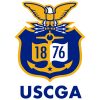Historic Structures
The Coast Guard Academy was established on the banks of the Thames River in New London, Connecticut in 1932. At over 100 acres of land, the campus is home to a variety of historic buildings and landmarks, many of which reflect traditional New England architecture.
The Academy campus is viewed as one of the many historic landmarks in the New London area. While not all buildings are open to the public, the USCGA Admissions office offers cadet-led tours of the grounds regularly and welcome visitors to the onsite Coast Guard Museum to further understand the history behind our campus and our service.
Historic Structures Gallery
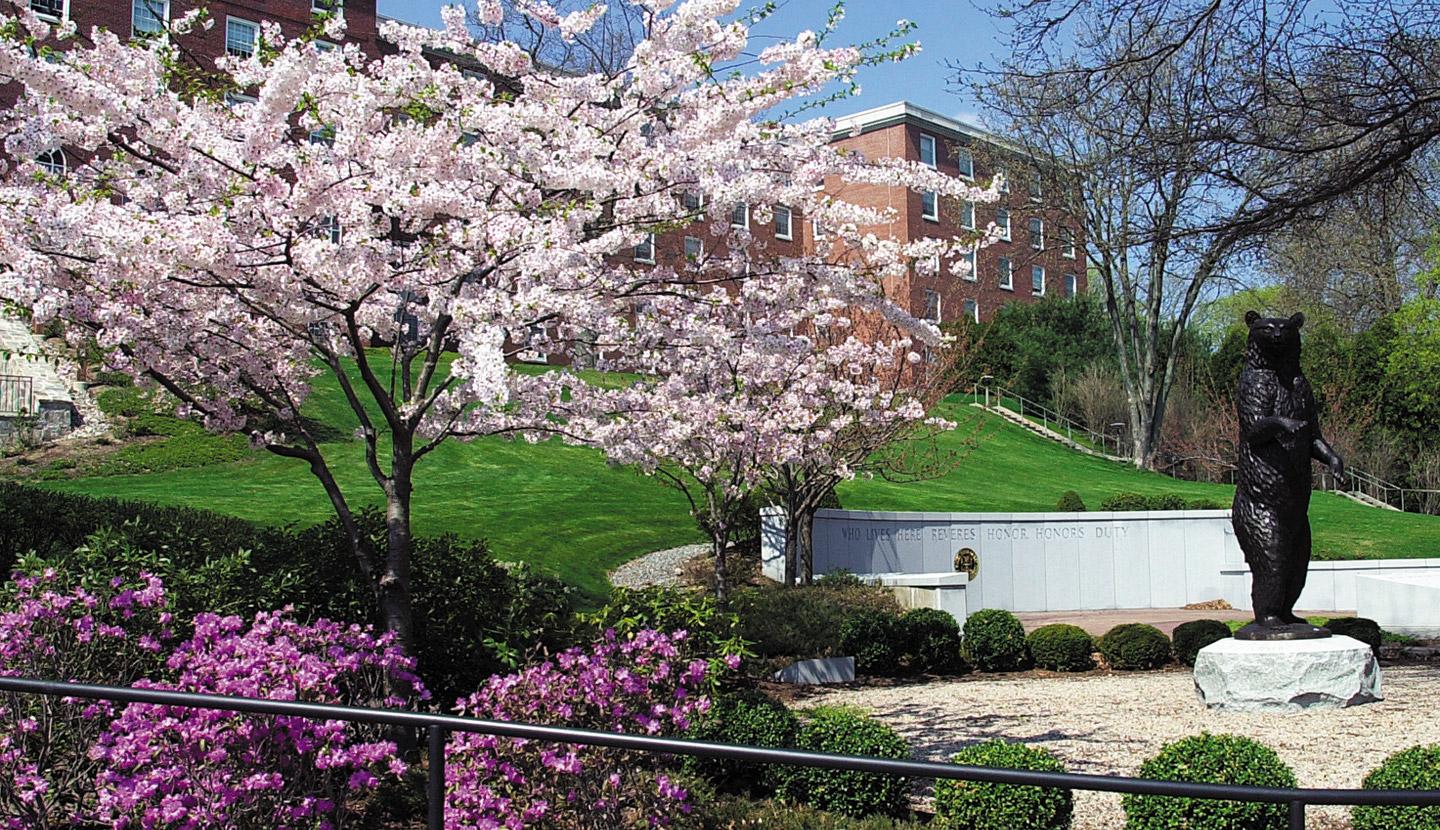
BEAR PLAZA | Bear Plaza is home to the Honor Wall, which affirms “Who lives here reveres honor, honors duty.” The plaza is located across the street from Leamy Hall and is named after CGC Bear in honor of its 44 years of service. This tree-lined plaza also houses a life-size statue of Objee, the mascot who resided at the Academy from 1927 to 1984.
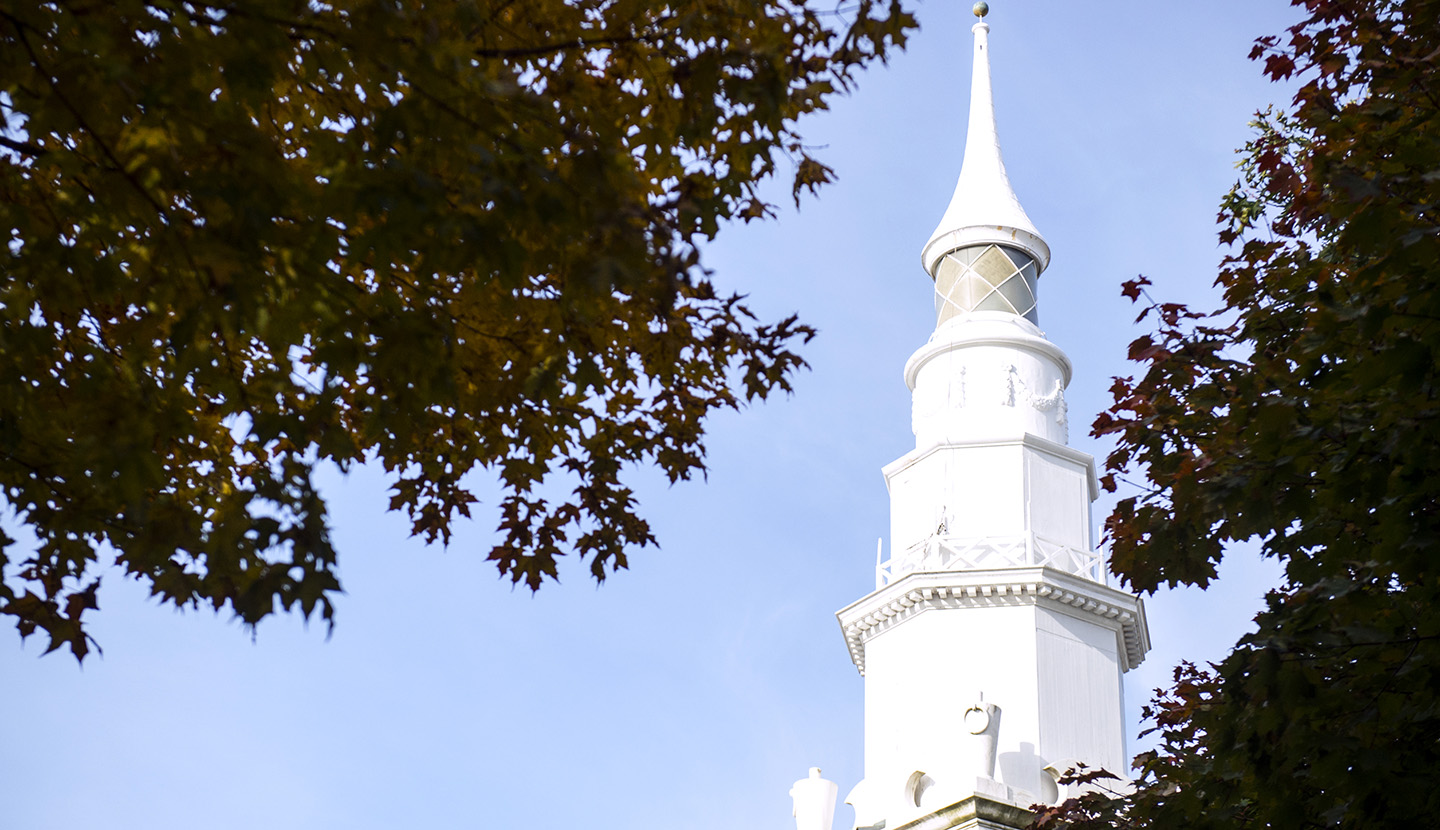
CHAPEL | Through the hallowed doors of the chapel lies a tranquil space dedicated to religious services as well as other secular events. The chapel was built in 1952 with funds donated from across the country. Built on the highest point of the Academy grounds, it features a working lighthouse beacon in the spire to serve as a guide to safe harbor.
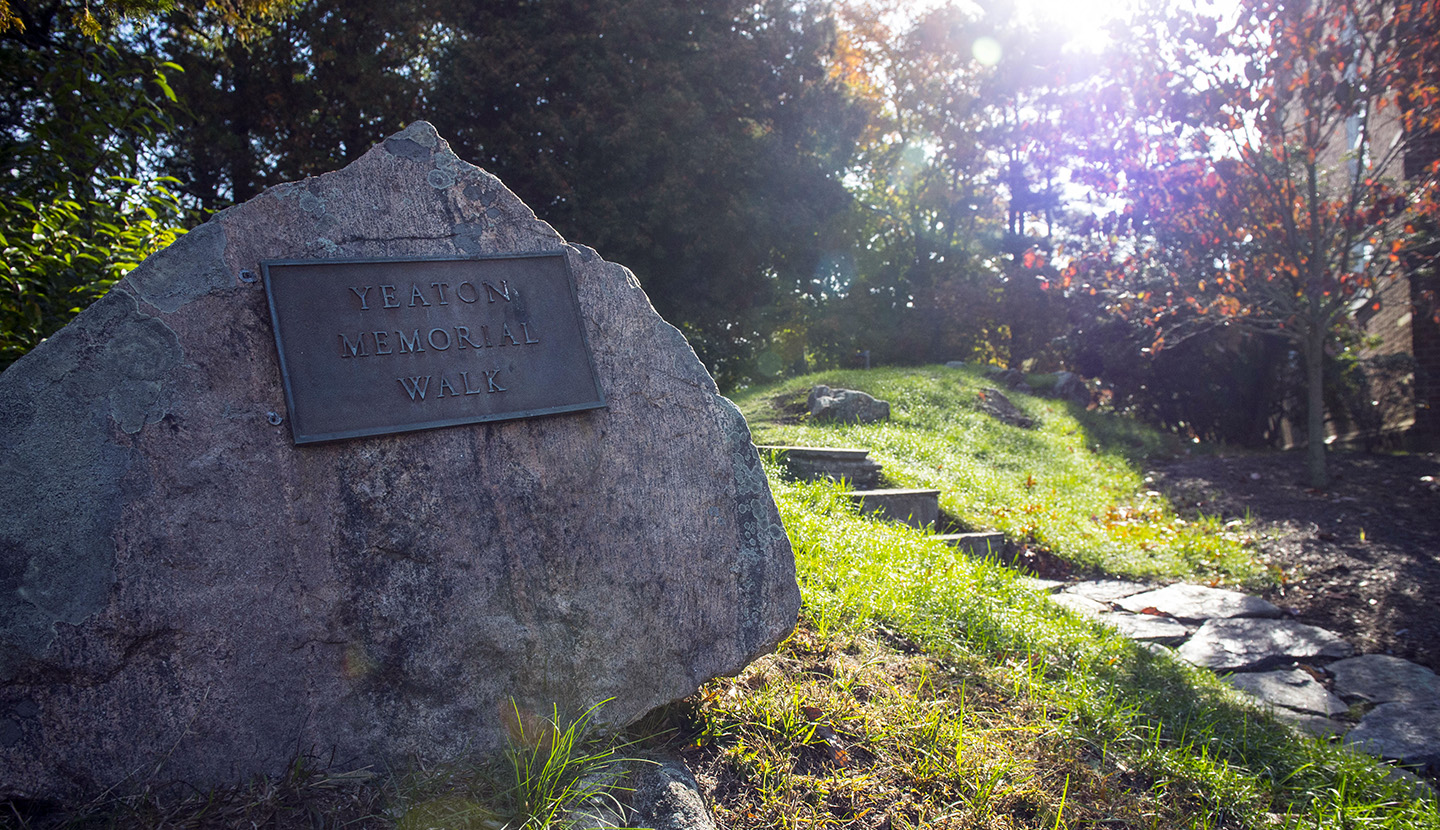
Captain HOPLEY YEATON MEMORIAL | Here lies one of the first officers commissioned under the Constitution by President Washington. Captain Yeaton was originally buried in Maine but in 1975, his burial site was threatened by development. The Corps of Cadets sailed EAGLE to retrieve his remains. He was then reinterred on Academy grounds.
When cadets have dismally low GPAs, they make a vigil to the grave and sleep on top of it with the hope that Captain Yeaton will bestow upon them the knowledge they need to improve their grades.
When cadets have dismally low GPAs, they make a vigil to the grave and sleep on top of it with the hope that Captain Yeaton will bestow upon them the knowledge they need to improve their grades.

CHASE HALL | If you attend the Academy, you live in Chase Hall for all four years of your college experience. It is the largest building on campus serving as the barracks for more than 1,000 cadets and officer candidates as well as accommodating the Commandant of Cadets, Cadet Watch Office, wardroom (dining hall), and small arms range among other facilities.
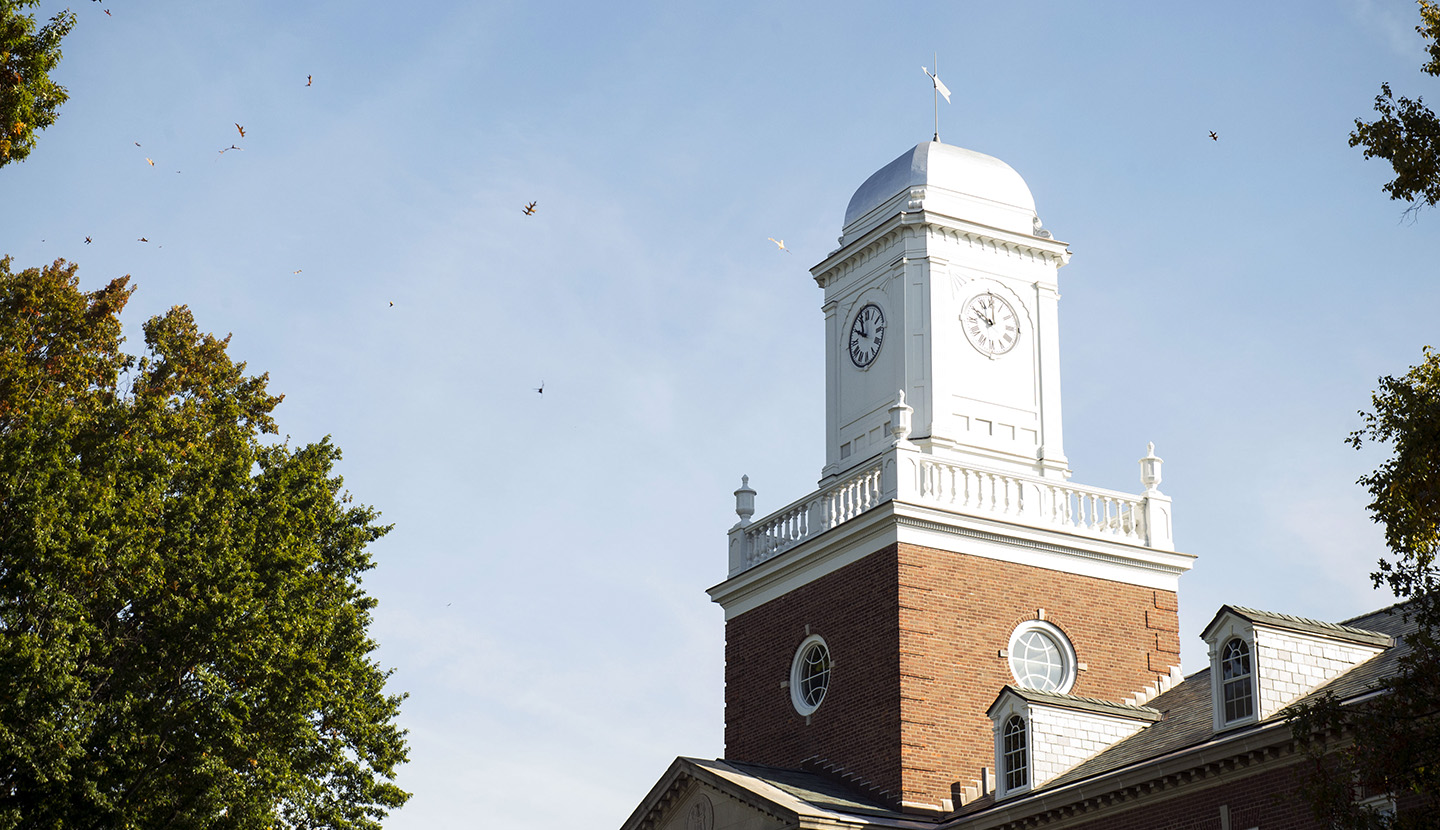
HAMILTON HALL | Named after the Coast Guard’s founding father, Alexander Hamilton, this stately brick building is the Academy’s centerpiece. With the clock tower above and the majestic flagpole in front, Hamilton Hall houses the offices of the Superintendent, Dean of Academics, Public Affairs and other administrative offices.

WASHINGTON PARADE FIELD | This expanse of well-manicured lawn is named after President George Washington and is the venue for cadet and officer candidate regimental reviews. The flagpole, bordering the parade field across from Hamilton Hall, is a replica of the mast of CGC Alexander Hamilton. Revenue cutters first displayed the service’s ensign in the 1790s to identify them as federal law enforcement vessels. The Superintendent’s flag is flown when he or she is “aboard” the Academy.
